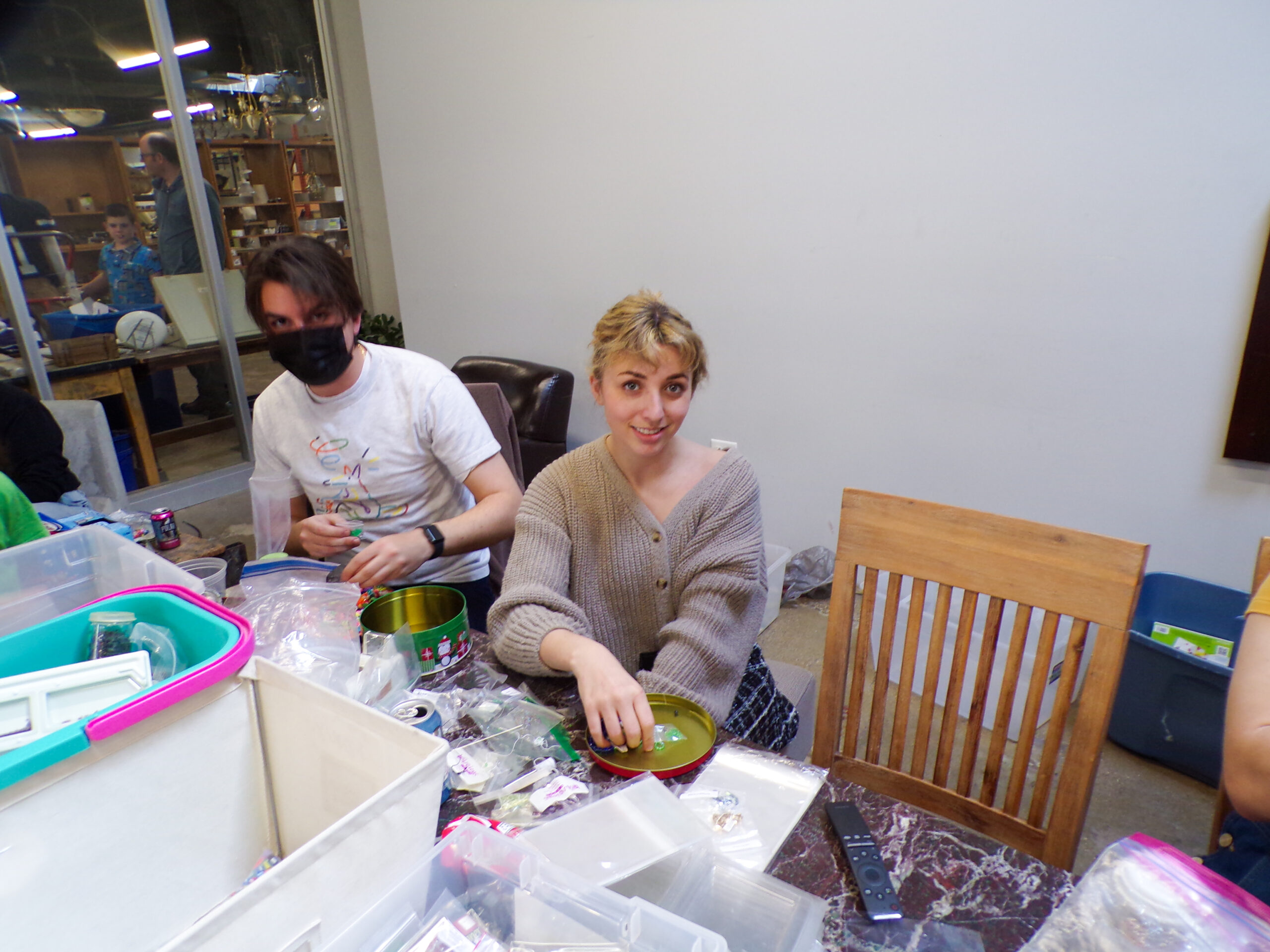“Entergalactic” serves as a creative turning point in Kid Cudi’s career. Still, the rapper’s attempt to blend an album with an animated series soundtrack falls unexpectedly flat. Instead, the album fails to reach the highs of his previous works, relying far too much on his now tired formula.
It was 2019 when five-time Grammy Award-winning musician Kid Cudi first announced his plans for his newest project “Entergalactic.” The album was intended to coincide with a Netflix animated series and finally put an end to the storied artist’s rap career according to Cudi himself. The show tells the story of a young man named Jabari and the rise and fall of his love life.
Visually the show is stunning, seemingly inspired by 2018’s “Spiderman: Into the Spiderverse,” and is accompanied by a story that manages to be both realistic and heart-warming. The album serves as an enjoyable soundtrack to the show. On its own, however, it fails to capitalize on themes of love and self-acceptance in an effective way. Additionally, many tracks sound unfinished and too similar to previous projects by Cudi.
“Entergalactic” serves as a creative turning point in Kid Cudi’s career. Still, the rapper’s attempt to blend an album with an animated series soundtrack falls unexpectedly flat. Instead, the album fails to reach the highs of his previous works, relying far too much on his now tired formula.
The animated series, created by Kid Cudi and “Black-ish” creator Kenya Barris, was written to fit the album and described by Cudi in an interview with the Los Angeles Times as “a suite of songs on the beauty of being freed by love.” Creating a story based around the romantic bond between two people feels like a natural progression for Cudi, given the recurring personal themes throughout his discography.
The album kicks off with the aptly titled “Entergalactic Theme,” a synth-filled opening that swells and builds on the idea that this album is a cinematic experience. The song is simple in nature, but its use of suspense for the songs to follow fits perfectly with something you would hear before an important scene in a show.
The lead-off track is followed by “New Mode,” a song that attempts to convey a new phase in Cudi’s life.
“And I’m in a new mode, another level,” he raps.
However, this message doesn’t translate musically on the album, as the track is composed of the same basic trap drums, plucky synths and whispery vocals that littered Cudi’s previous records.
Things lighten up over the songs that follow, with bouncy drums and low-key guitar melodies on “Do What I Want.” The catchy track is led by unique vocal inflections on Cudi’s hums and rapping.
This leads into “Angel,” the album’s fourth track, which explores the rise and fall of a relationship and other themes central to the album and show.
The love songs are the record’s biggest pitfalls. They’re sweet but tedious, some sounding incomplete in comparison to the album’s other tracks. Songs like “Ignite the Love,” “In Love” and “Maybe So” are void of the intense vocal energy in the first few songs. “Willing To Trust” proved to be the most developed of these tracks, with a delightful guitar melody ending the song and giving the track a unique flair much of the album lacks.
The album continues with tracks like “Can’t Believe It,” which features 2 Chainz, and “Can’t Shake Her,” featuring Ty Dolla $ign. These features give a much-needed break from the monotony of the tracklist thanks to excellent vocals performances from the featured artists.
“Livin My Truth” is the ninth track on the album and another standout song. The stripped-down instrumental and funky bassline helped the song stand out as one of the best songs so far. Themes of self-confidence on this record are a highlight and something the album could have focused on more.
The album’s final stretch is by far the most varied, with the track “My Drug,” taking the listener back to the days of “Man on the Moon,” Cudi’s debut album. The song’s off-kilter percussion and passionate vocal delivery drew similarities to tracks such as “Solo Dolo (Nightmare)” and “Enter Galactic (Love Connection Part 1).”
In the outro “Somewhere to Fly,” swelling basslines and smooth vocal performance from Don Toliver end the album on a good note, despite Cudi’s unmemorable performance.
“Entergalactic” may be great background music for a TV show, but as an album, it proves to be one of Cudi’s weaker offerings. Stylistic similarities between “Entergalactic” and past projects weaken the album’s strongest moments. The love theme is excellent on the silver screen, but musically leaves a lot to be desired. Underdeveloped sounds and themes fill the album– a surprise considering Cudi’s solid musical foundation.
“Entergalactic” is now streaming on all platforms, and the corresponding animated series is out now on Netflix.
Featured image courtesy of Netflix.












